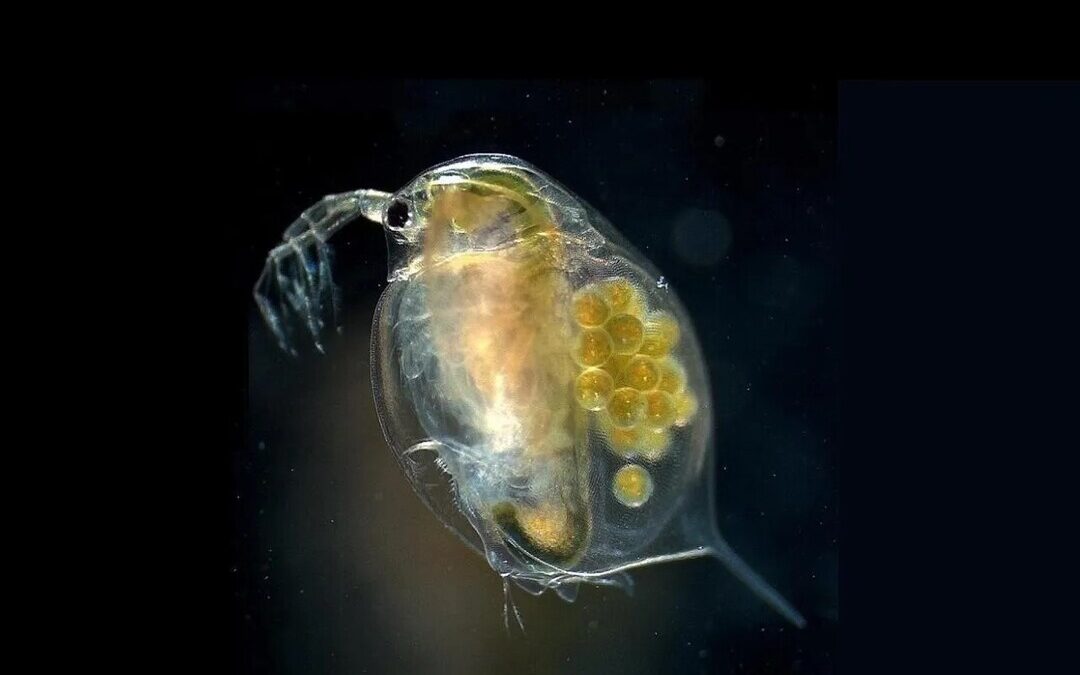Combined Risk of Microplastics and PFAs Cause Greater Environmental Harm: Study
Research at University of Birmingham shows microplastics and PFAs, when combined, pose a greater threat to aquatic life than either chemical alone.
The combined impact of microplastics and per- and poly-fluoroalkyl substances, or PFAs, is more harmful to aquatic life than a single chemical in isolation, revealed the University of Birmingham.
While microplastics come from plastic bottles, packaging, and clothing fibers, PFAs can be found in non-stick cookware, water-resistant clothing, firefighting foams and other industrial products.
Known as “forever chemicals,” they don’t break down easily and can build up in the environment, leading to potential risks for wildlife and humans.
These chemicals are often released from consumer products and can be transported through water systems over long distances. Yet, their combined effects remain poorly understood.
Researchers used Daphnia, commonly known as water fleas, to understand the combined impact of these pollutants better.
These tiny creatures are often used to monitor pollution levels as they are susceptible to chemicals. It makes them ideal for determining safe chemical limits in the environment.
Combined Threat
The study, published in Environmental Pollution, found PFAS and microplastics together caused Daphnia to abort their eggs and produce fewer offspring.
These effects were more severe in Daphnia, which was historically exposed to pollutants, making them less tolerant to the tested chemicals.
“These findings will be relevant not only to aquatic species but also to humans, highlighting the urgent need for regulatory frameworks that address the unintended combinations of pollutants in the environment,” said Luisa Orsini, lead researcher of the study and a professor at the School of Biosciences.
Current regulatory frameworks focus on testing the toxicity of individual chemicals, mainly using acute exposure approaches.
“It is imperative that we investigate the combined impacts of pollutants on wildlife throughout their lifecycle to get a better understanding of the risk posed by these pollutants under real-life conditions,” said Mohamed Abdallah, co-leader of the research.
He added that this is crucial to drive conservation efforts and inform policy on facing the growing threat of emerging contaminants such as forever chemicals.
Novel chemical and biological screening tools with advances in artificial intelligence mean researchers can understand the complex interactions among chemicals in the environment.
Therefore, revising current methods for assessing environmental toxicity is not only possible but imperative.
Also Read:
Microplastics Threaten Bees and Global Food Security, New Study Warns

